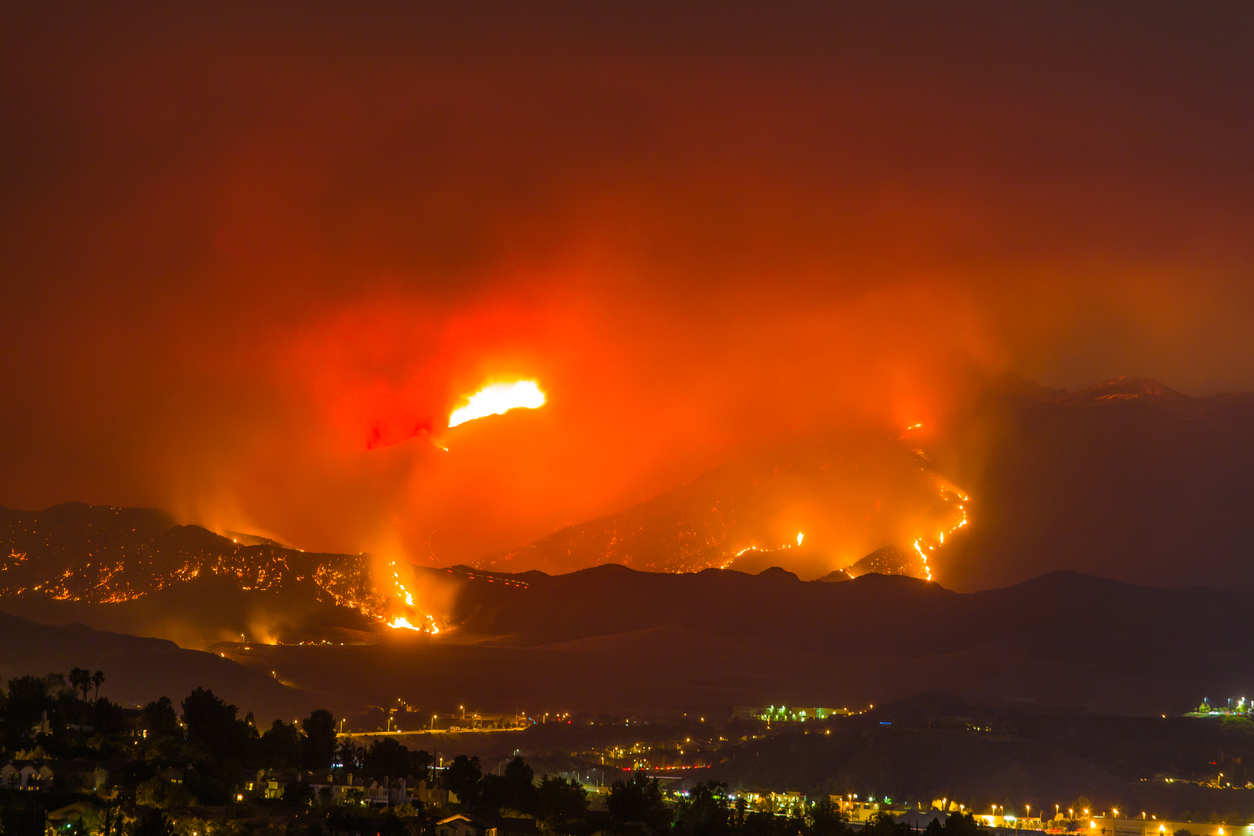The academic collaboration will support the development of climate-conditioned fire danger indices through research on changes to future fire weather behavior in the U.S. while implementing data from CMIP6 – the latest global climate model output as seen in the IPCC’s Sixth Assessment Report. These indices will then serve as inputs to drive the creation of climate-conditioned wildfire event catalogs, which are considered a required metric for properly incorporating climate science into a catastrophe modeling framework. The climate conditioned catalogs, along with Impact Forecasting’s updated baseline wildfire risk model, are scheduled to be released in 2023.
Dan Dick, Aon’s global head of property analytics, said: “Wildfire had long been considered a ‘secondary’ peril – where frequency rather than severity drove overall risk – but over the past decade a significant increase in volatility and insured losses in the U.S. has changed this perception. The insights from this collaboration and Impact Forecasting’s baseline and climate-conditioned wildfire models will help re/insurers make better decisions on underwriting, pricing and portfolio management.”
Clients will have access to new fire danger indices and baseline / climate-conditioned wildfire catastrophe models for the U.S. to better quantify the impact of the changing physical hazard on their portfolios and build resilience through investigating ways to manage risks and identify opportunities to more effectively prepare. Specific business use cases include:
The identification of high-risk areas in addition to other areas where risk profiles are showing the most signs of change that will aid in targeting new underwriting / pricing strategies;
- The targeting of where and how to invest in resiliency measures at the individual location and/or community level;
- The development of long-term climate change strategies for physical risk and the management of progress toward those goals; and
- Reporting to external stakeholders, such as regulators and rating agencies.
Dr. Abatzoglou added: “This is a great example of how private industry and academia can learn from, and improve, each other’s work. Our industry partners get to leverage the latest and most up-to-date science, and we get the experience of translating our academic findings into real-world applications that directly affect decision-makers and the general public.”
The need to better model the peril comes at a time when the insurance industry continues to navigate increased wildfire losses. In 2021, California’s Dixie and Caldor fires combined to exceed $2 billion in insured losses, and the Marshall Fire near Boulder, CO became the state’s most destructive fire on record, resulting in another $2 billion of insured losses. The U.S. has recorded 14 individual billion-dollar insured losses fires since 2015 alone.













